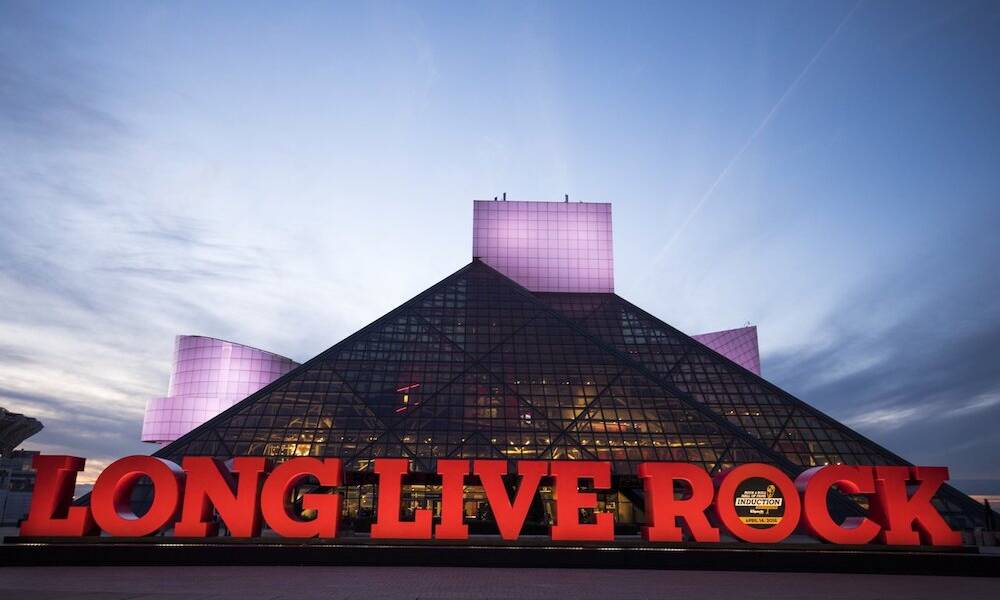
How Can I Expand My Virtual and Hybrid Meeting Expertise?
These four tips can help hone strategy and maximize the attendee experience.
Q: Having produced many live events with small hybrid components attached, I am somewhat familiar with the required technology and strategy. But before the pandemic, I never worked on a major hybrid or all-virtual event program. Now that it’s essential, I know I need to develop my skills. What are some top tips for virtual and hybrid meetings?
A: Rob Kall, owner of Tailored Virtual, a Cleveland, Ohio-based production firm focused on virtual and hybrid experiences.
It wasn’t so long ago that a meeting’s live component was often its main event. Even thoughtfully produced virtual or hybrid elements might have been structured as supplements to the program, rather than a core component. Historically, we’ve described them as an afterthought.
But as we now know, virtual is the new live. And while the pivot may have been a requirement of pandemic circumstances, it’s also an opportunity for leveling up. In many ways, it’s a really exciting world we’re heading into. The possibilities are so much greater.
To capitalize on the new opportunities, here are four tips for perfecting events in virtual and hybrid formats.
1. Plan for the long haul.
When the pandemic first changed the landscape in the spring, the prevailing mentality centered on putting a temporary hold on events and adding some virtual components while waiting for a return to normal in the fall. We now know that’s not how it happened.
So people are realizing that these formats are here to stay. There’s a lot more activity in terms of long-term strategy planning—for instance, planning for events that start virtual and then migrate eventually into a hybrid experience. So take a big-picture approach to your strategic planning; focus on a long-term time horizon because the pandemic isn’t slowing down just yet.
2. Look at the program through the attendees’ lens.
With the new sense of permanence around this approach comes a higher bar for a more seamless, high-quality, and content-rich experience. You could get away with a lot more in March, when attendees forgave all kinds of technical glitches. Now it’s a lot of different pieces that have to come together effectively to create engaging experiences.
To deliver on that expectation, put yourself in the eyes of the attendee. Is your attendee virtual? Hybrid? What’s it going to look like through both of those lenses?
That means focusing on not just the event’s technical execution, but also the guest experience before and after it. For instance, think about creating social media communities around experiences, with various platforms offering exclusive access to content.
Behind the scenes is a huge new world now: Think about teasers leading up to the experience or during the event itself. For instance, someone might walk off the stage from a keynote, and the virtual audience has access to a behind-the-scenes conversation they wouldn’t have seen before.
With virtual events, there’s often an opportunity to add entertainment to the mix to enliven the guest experience. For example, in between sessions for events here in Cleveland, we can have a DJ spinning vinyl albums from Rock & Roll Hall of Fame inductees. It’s these small details that really help add excitement and variety to the experience.
3. Emphasize interaction and engagement.
It’s critical to create a connection between the audience and the content that’s being produced. Successful planners will prioritize opportunities for interaction and engagement among virtual events. And while equally important, those two successful meeting essentials aren’t exactly the same things—and that distinction is important.
The first component is interaction, which is the live back-and-forth experience. This refers to giving attendees a chance to be an active part of the conversation through, for example, breakout sessions.
The second component, engagement, means getting attendees involved during presentations. This needs to be a heavy part of the experience, such as through Q&A, live polling, word clouds, and a lot of the other tools we’re seeing right now. It’s important for the presenter to understand what engagement tools they have access to and then to understand how to best utilize those during their presentation.
These tools allow presenters to adapt the content in real time based on attendee response—like a DJ reading the dance floor and responding with music in the tempo that’s hitting with the crowd.
Think about the perspective of somebody just having a PowerPoint pushed to them for 45 minutes. That’s a ho-hum approach without engagement. On the contrary, when you have a live poll pop up, not only do attendees get to see the results but the presenter is adapting their presentation based on the feedback they’re seeing.
4. Work with the destination.
Even for events that have gone hybrid or almost entirely virtual, the host city is still significant. A lot of times, there is history there—maybe the meeting has been there every year, for instance. For a lot of attendees, there is some disappointment they weren’t going to have that experience, so it’s a huge opportunity for destinations to connect the audience with the city. It’s an opportunity to build excitement for future live shows in town.
Through our partnership with the Rock & Roll Hall of Fame, we use various lively approaches to connect attendees with our destination here in Cleveland: a game show concept through which we integrate the institution’s content into the meeting; the Hall might talk about artifacts and do some storytelling; or its CEO might present in a morning keynote.
It really gives people a sense of being here. The destination is an amazing resource for planners. We’re all in this together, and we can help each other create amazing experiences, whether it’s fully virtual, hybrid, or eventually, back in person.
This Q&A column is brought to you by Destination Cleveland. Keep an eye out for more meeting planning tips as you continue to navigate the new environment. And to learn more about Cleveland, visit www.thisiscleveland.com/meetings.
(Rock & Roll Hall of Fame)





